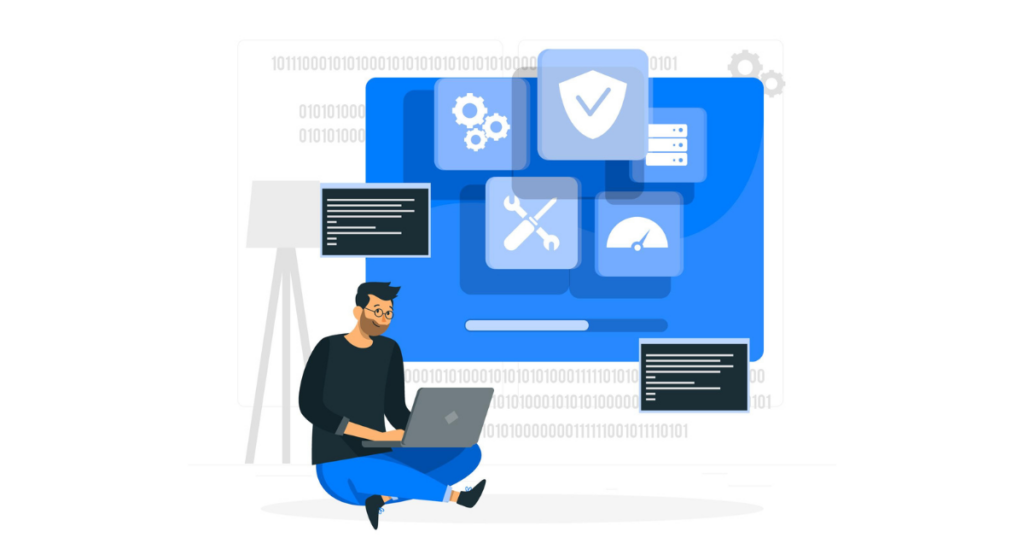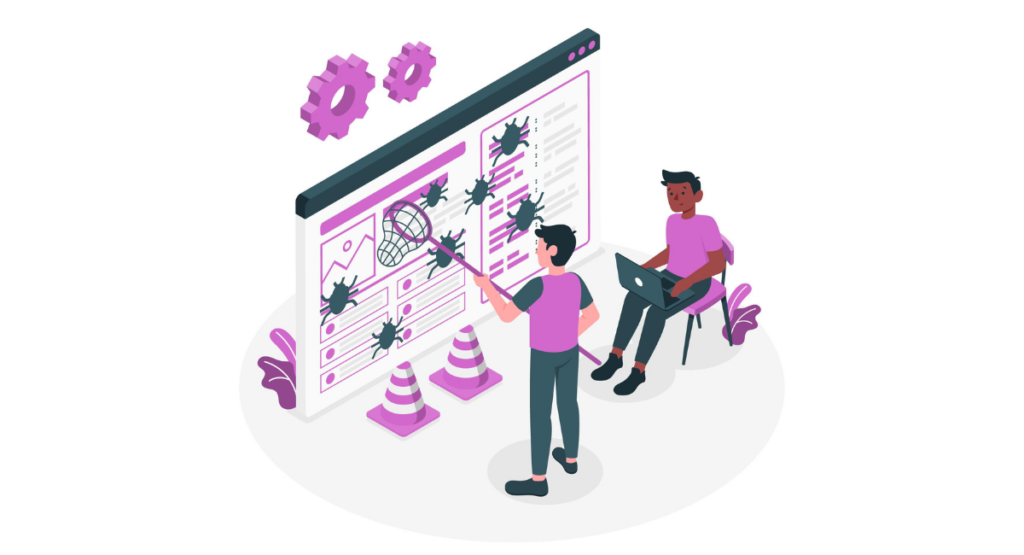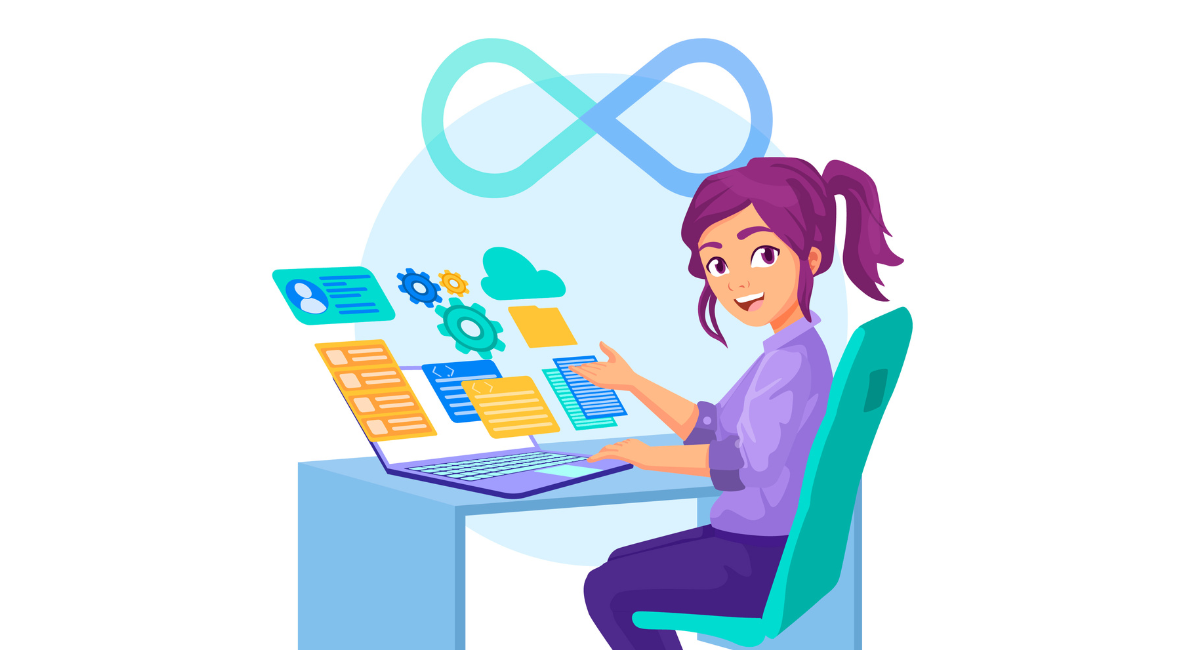Now, integrating security into the DevOps lifecycle is nothing less than a revolution in this fast-moving, high-tech world of software development.
Days are definitely over when in the midst of a development cycle, security checks used to be appended as an afterthought. Now, there is an absolute need to include security in the DevOps lifecycle not more best practice but a need.
This post will take you through all of the basics of implementing security in a DevOps lifecycle with insights, real-life tips, and examples to set your team up for secure yet efficient development.
Understanding DevOps and Its Significance

DevOps, therefore, means the methodology combining development and "operations. In other words, software developers and IT operations collaborate. It will principally reduce the time it takes for a software development life cycle to provide quality software over time continuously.
This will, therefore, make including security in DevOps important in ensuring that the developed software is not only delivered fast but also secure. Security in DevOps the outlook of incorporating security within the DevOps lifecycle cannot be overstated.
When cyber-attacks are on the uptick with frequency and leading to catastrophic data breaches, it has become very critical to have security baked within the development process to protect sensitive data and to retain the trust of users.
Overview of the DevOps Lifecycle
Understanding the different stages of a DevOps lifecycle and their corresponding functions and objectives appropriately integrates security into the lifecycle.
- Planning: Teams define project goals, requirements, and timelines.
- Development: Writing and testing code to meet the planned requirements.
- Building: Compiling and assembling code into executable artifacts.
- Testing: Running automated tests to identify defects and ensure quality.
- Release: Deploying the software to production environments.
- Deployment: Making the software available to users.
- Operations: Managing and maintaining the software in production.
- Monitoring: Continuously observing the software for performance issues and security threats.
By incorporating security measures at each of these stages, companies can create a more robust and secure DevOps lifecycle.
Evolving Role of Security in DevOps

Most of the time, security is taken care of at the development end in traditional practices. Such practices most often resulted in a large number of huge vulnerabilities and security gaps.
This approach changes the paradigm of how security has been considered in the DevOps lifecycle by baking in these security practices throughout the whole process.
DevOps security, also known as DevSecOps, ensures that security is a concern for everyone. That would ensure security considerations are taken into account from the planning stage down to deployment and monitoring, thereby reducing the chances of vulnerabilities and enhancing software security in general.
Challenges in Integrating Security
Although it is very important, integrating security into the DevOps lifecycle has some challenges. All of these challenges need to be known and understood for them to be overcome successfully.
Some of the problems come from the cultural change. There are main groups that are facing problems related to cultural change.
First, traditional development teams might reject the new security practices, which in their experience, may have been slowing down the process of rapid delivery.
This resistance has to be fought through adequate communication and showing the long-term benefits of integrating security. One complication is the increased sophistication of modern software architectures.
Thanks to microservices and containerization, there are rather more components in a distributed system to secure these days. Moreover, matching security practices to the same pace as DevOps basically is not easy; continuous learning and adaptation are required.
Best Practices for Enhancing Security
The combination of best practices in the implementation of security within the DevOps lifecycle goes along with needed measures that are unique to individual needs. Some of the key practices are as below:
- Shift Left: The more left a failure is in the development cycle, the less expensive it will be. Place security into the development process way far left. Run regular code reviews as well as security checks during the development and build cycles to detect vulnerabilities as soon as possible.
- Automation: This would involve, among other things, use of automation tools like SAST and DAST that identify vulnerabilities during development and testing.
- Continuous Monitoring: Monitor continuously and log in order to identify and respond to security incidents in real-time. The tracking and analysis for security events are enabled through tools such as Security Information and Event Management systems.
- Training and Awareness: Train users and sensitize them to the development and operation groups. Sensitizing the development and operation groups to the best security practices means that all development and operation teams are trained. Continuous training sessions and awareness programs could help in instilling a security-first mindset in the organization.
Tools and Technologies Supporting Secure DevOps
A lot of tools and technologies facilitate the support of secure DevOps practices in the proper integration of security into the DevOps lifecycle. Some of them are here:
- CI/CD Tools: Jenkins, GitLab, and CircleCI are among the tools that can significantly automate security testing and the enforcement of security policies in the development pipeline.
- Security Testing Tools: OWASP ZAP, Burp Suite, SonarQube all these can be utilized for vulnerability identification in code and applications and also provide actionable insights for remediation.
- Container Security: All the above tools can also be used to identify vulnerabilities in the code of an application, with the following added detailed actionable insights on remediation.
- Cloud Security: As containerization gains popularity and acceptance, newer tools are invented for managing the security of both containerized applications and their runtime environments. Examples include Docker Security Scanning, Aqua Security, and Twistlock.
Future Trends in Secure DevOps
The embedding of security into the DevOps lifecycle is an emerging domain with several trends that are foreseen to shape it. Some of the main trends that have been predicted include the following:
- Artificial Intelligence and Machine Learning: Artificial intelligence and machine learning will be at the forefront in enhancing security automation and threat detection. AI-driven security tools provide the capability to process huge streams of data used in the detection of patterns and anomalies, giving a view into proactive security.
- Zero Trust Architecture: There will be more gearing toward zero trust principles, assuming that no entity, either inside or outside the network, should be trusted by default. Zero trust security measures can make DevOps environments more secure.
- Security-as-Code: Security-as-code practices would pop up where teams would be able to define security policies and configurations as code. This would ensure that security measures are consistently applied across all development and deployment environments.
Book a Demo and experience ContextQA testing tool in action with a complimentary, no-obligation session tailored to your business needs.
Conclusion
This is no longer optional: building security into the DevOps lifecycle is a must-have for any organization looking to deliver secure, quality software at velocity.
Best practice adoption, process automation, and knowledge about upcoming trends are how organizations hammer out a robust, secure DevOps process.
Security is everybody's responsibility, and the proper culture toward security has to be inculcated in the development and operations teams.
Integrate security into your DevOps lifecycle today and experience the difference that a secure and efficient development process makes. For further insights or customized support, feel free to get in touch with our team of experts for the first steps toward secure DevOps.
By placing security first, you protect users, data, and reputation the very ingredients that pave the way for long-term success in today's increasingly digital world.
Also Read - Transform Your Software Development with Cross Functional DevOps Teams
We make it easy to get started with the ContextQA tool: Start Free Trial.
